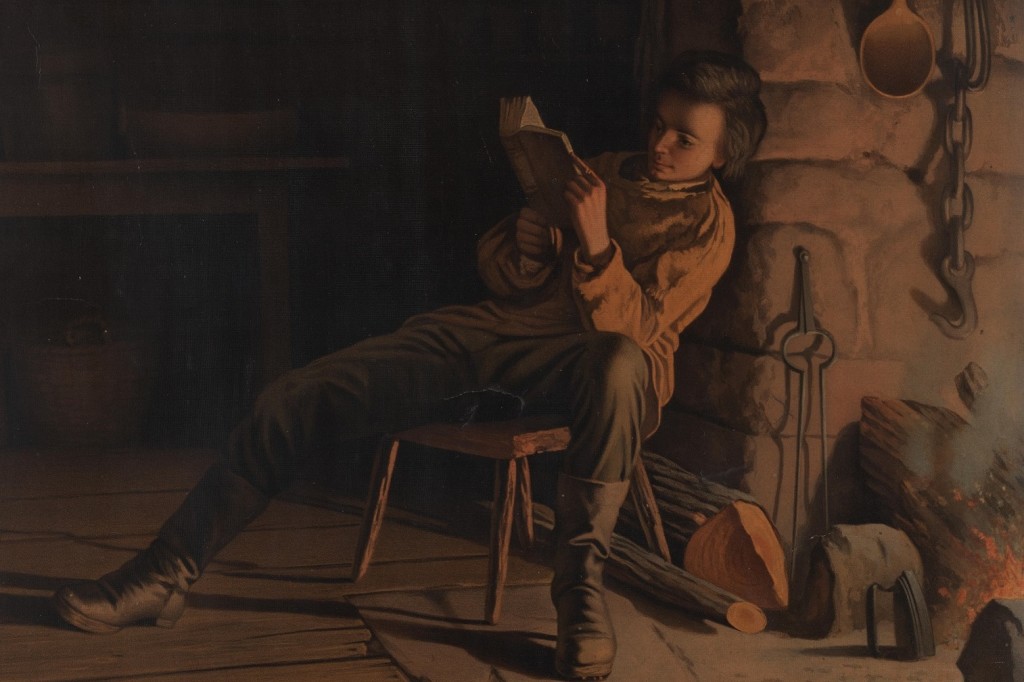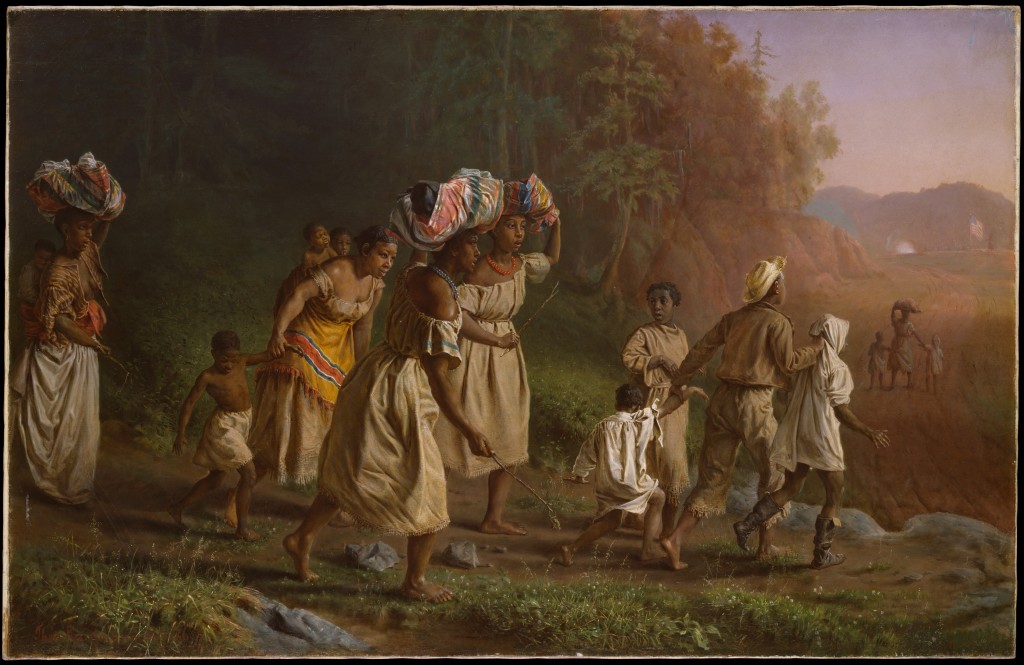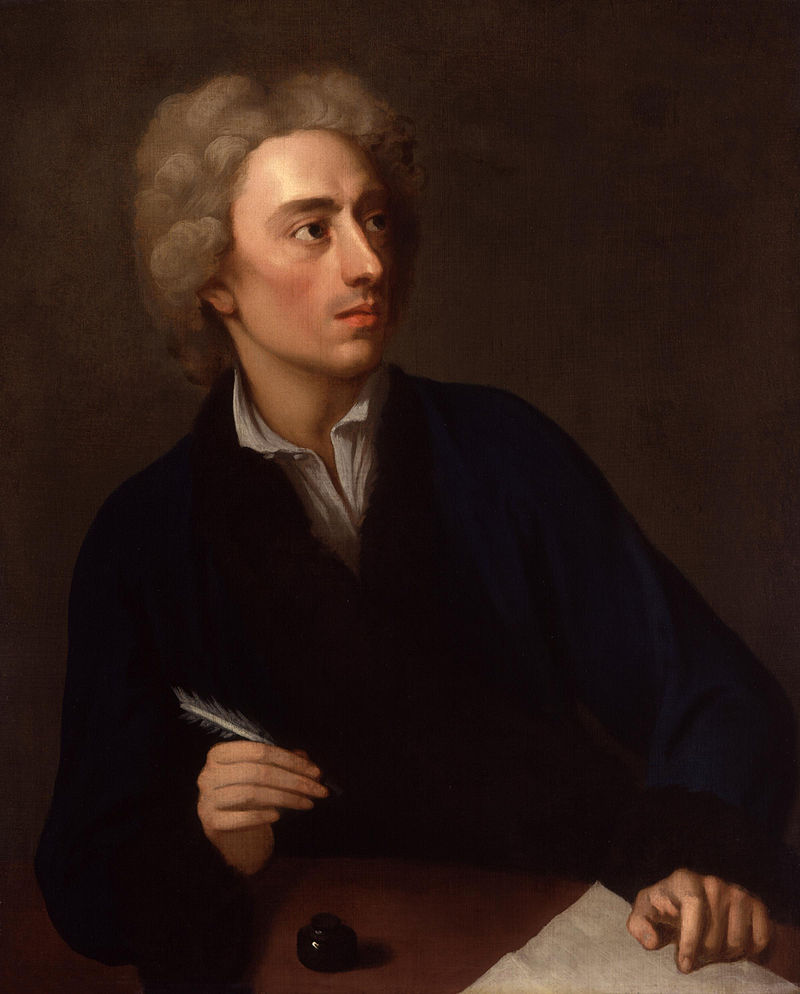Portrait of young Abe Lincoln reading - c/o the Library of Congress
Attending school for approximately one year in his entire life, the 16th president’s lack of formal education was more than made up for by his unflinching desire to read as many books as possible. Although those of us who work at the Cottage might not be as voracious at reading as President Lincoln, we certainly appreciate the power of the written word and the knowledge contained within books.
In that spirit, the staff at President Lincoln’s Cottage shares with you their favorite books related to the Cottage, Lincoln, and the Civil War era.
Nora Cobo, Associate Director for Development
Confederates in the Attic by Tony Horwitz, 1998
Horwitz’s book provides a glimpse into a way that different parts of the Civil War live on in a contemporary setting, as well as a conversation around how a country can move forward while fairly acknowledging its painful past. I also think its descriptions of the extent to which re-enactors will go to maintain authenticity are beyond fascinating!
Jamie Cooper, Museum Store Coordinator
Lincoln and the Indians by David Allen Nichols, 1978
This is my favorite book because it focuses on individuals, events, and campaigns that are not typically mentioned and/or are overlooked in the history books. It provides details on important Natives and what they did to help support both sides during the Civil War. I am personally interested in this read because it has a link to my ancestors and what they did during the Civil War. It is a bridge to their experiences and to their memory. It is a wonderful read about one of the lesser known histories of the American Civil War.
Curtis Harris, Marketing and Membership Coordinator
Freedom National: The Destruction of Slavery in the United States, 1861-1865 by James Oakes, 2013
I consider this book absolutely amazing, almost revelatory, in the way it moves the discussion of emancipation during the Civil War beyond the Emancipation Proclamation and the 13th Amendment. It shows how Republican leaders like Lincoln, Chase, and others formulated strategies to erode slavery during the war from its outset in a myriad of ways across the country. Just as important, Oakes also shows how slaveholders took countermeasures to block emancipation. The book is also tremendous in providing a look at the “ground level” struggle by United States military personnel as well as enslaved people themselves to complete emancipation. A stunning book I recommend to anyone who wishes to learn more about emancipation during the Civil War.
"On to Liberty" painting used for the cover of Freedom National - c/o the Met Museum
Callie Hawkins, Associate Director for Programs
What Do You Do With an Idea? by Kobi Yamada, 2014
To me, no book captures the heart and soul of President Lincoln’s Cottage quite like What Do You Do With an Idea? Beautifully written and illustrated, this is the story of a young child and the persistent idea that follows him. Afraid that he will be made fun of, the child desperately tries to ignore the idea but ultimately realizes that if he nurtures it and gives it room to grow, his idea can become something far bigger than he ever imagined. This is a book for anyone—young or old—who needs the encouragement and confidence to embrace their own ideas, no matter how big or small. I can’t read this book without thinking that the Cottage provided Abraham Lincoln space to foster his nation-changing ideas and continues to inspire visitors who need a house “…with an open roof…a place where it could be safe to dream.”
Jeff Larry, Preservation Manager
The Architecture of Country Houses by Andrew Jackson Downing, 1850
A.J. Downing was not an architect but rather a successful landscape gardener and designer who, possibly more than any of his contemporaries, helped popularize the Gothic Revival as an architectural style that stressed the importance of simplicity and truth in design and manner of living. President Lincoln’s Cottage, built in 1842, is an early example of Gothic Revival architecture and adheres to many of the principles espoused by Downing. This quote from Downing seems apropos for a President looking for a reprieve from the heat and political harangue of a Washington, D.C. summer:
“It is the solitude and freedom of the family home in the country which constantly preserves the purity of the nation, and invigorates its intellectual powers. The battle of life, carried on in cities, gives a sharper edge to the weapon of character, but its temper is for the most part, fixed amid those communings with nature and the family, where individuality takes its most natural and strongest development”
Michelle Martz, Programs Coordinator
Lincoln and the Immigrant by Jason Silverman, 2015
This book has informed my work by helping me understand Lincoln’s beliefs and ideas about immigration. Interestingly, on July 4, 1864, the same day the Lincoln family moved to the Cottage for the last time, Abraham Lincoln signed into law An Act to Encourage Immigration. This legislation cemented Lincoln and the Republican Party’s platform pledging that immigration “should be fostered and encouraged by a liberal and just policy.” Sharing these stories from Dr. Silverman’s research helps inform how we work with students who are either immigrants themselves or children of immigrants. Recently, I worked with students from CARECEN – Central American Recourse Center. These high school students are immigrants from around the world. They all came here for different reasons, but all agreed that they are here for a dream of a better life. These students shared their stories of bravery and strength.
Portrait of Alexander Pope - c/o National Portrait Gallery, London
Erin Carlson Mast, Executive Director
An Essay on Man by Alexander Pope, 1734
Knowing this is a piece Lincoln not only read but quoted to others while in the Cottage reveals much about his state of mind, the struggles he was facing, and his sense of hope in the face of intense chaos.
Sahand Miraminy, Events Coordinator
Mrs. Lincoln: A Life by Catherine Clinton, 2009
A book that I highly recommend from our Museum Shop is Mrs. Lincoln: A Life, by Catherine Clinton. So much of what has been written about Mary Lincoln is one dimensional, and this book takes the reader into the fascinating, complicated, devoted, and in many cases unfortunate life of the First Lady. Mary Lincoln was a champion for her husband, an advocate for the plight of enslaved African Americans, and an outspoken woman in a time that more so than now was not welcoming of it. By gaining a better understanding of Mary Lincoln, we benefit by also learning more about her husband, as well as their love for the place we now call President Lincoln’s Cottage.
Zach Klitzman, Executive Assistant
Freedom Rising by Ernest B. Furgurson, 2004
As a native Washingtonian, I love this book which focuses on Washington, D.C.’s experience during the Civil War. The Civil War completely transformed America’s capital city, as it went from a relatively small town that was Southern in character, to a huge city that truly became a national center of government. What’s great about Furgurson’s portrayal is that he does not just focus on famous people like Lincoln or his cabinet. Instead, he discusses all sorts of characters that populated Washington during the war, including soldiers, slaves, businessmen and even some ladies of the night. It’s a quick read that is both illuminating and enjoyable.



